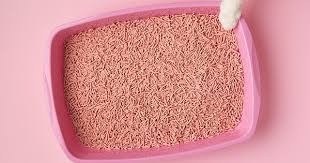
The best types of liter box sand...your comprehensive guide!
It seems like there are new types of cat litter appearing every day. Although it's good to have some choice in what type of litter to get for your cat, too many options can easily make you feel overwhelmed. Although every home is different, and every cat has its own needs and preferences, there are some general rules when it comes to choosing the best type of sand for your cats. This guide will help you choose the best type to suit your cat's unique needs with pros and cons of each type. You will also be able to buy any type you want from our store at the best prices.
What are the best types of sand for cat sandboxes ?
What is the clay sand used in cat sandboxes?
1. Clay sand
Clay is one of the oldest types of discrimination sand widely used in cat breeding. There are two types of clay sand: clumping sand and non-caking sand.
The clay became popular largely because it was the first type of commercial litter on the market, appearing in 1947, and is sold everywhere you can buy pet supplies. You'll find many different brands of this sand, and each brand uses a slightly different formula, which often results in additional ingredients being added to help eliminate odors (such as caustic soda, synthetic fragrances).
Some practical disadvantages of clay are that it tends to leave marks, can be dusty, and is very heavy to carry. In our opinion, the biggest concern is that it contains crystalline silica dust, a known carcinogen when inhaled, and is extracted by chip mining. This means that it is not a very environmentally friendly material and can also be unhealthy for cats and humans.
For non-caking clay sand, you will find that it absorbs its weight in liquids; However, because it does not clump, you will find that you often have to change the sand more frequently.
What tofu sand is used in cat litter boxes? 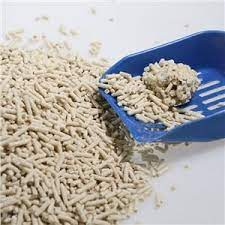
2. Sand tofu
The next sand is tofu sand. Perhaps one of the newest types of cat litter available on the market, tofu litter is quickly gaining popularity, and when you learn about some of its features, it won't be difficult to determine why. It is produced from soybean fiber, so it is all natural, biodegradable, non-toxic, and almost dust-free. Most brands come in low-trace granules that clump well and, better yet, can be flushed down the toilet.
However, since tofu sand is a plant material, it can be susceptible to mold if stored in damp conditions. It also belongs to the expensive side of highlighter sand.
What is crystal sand used in cat sandboxes?
3.Silica gel (crystal sand)
Crystal sand has begun to become more popular in recent years. Also known as silica cat litter, this type of litter is extracted from quartz sand. The particles of this sand are mixed with oxygen and water, resulting in these highly absorbent crystals. In fact, because of the crystals' ability to evaporate water, they can continue absorbing liquid waste for up to a month.
What is cat sand with walnuts used in cat sandboxes?
4. Walnut sand for cats 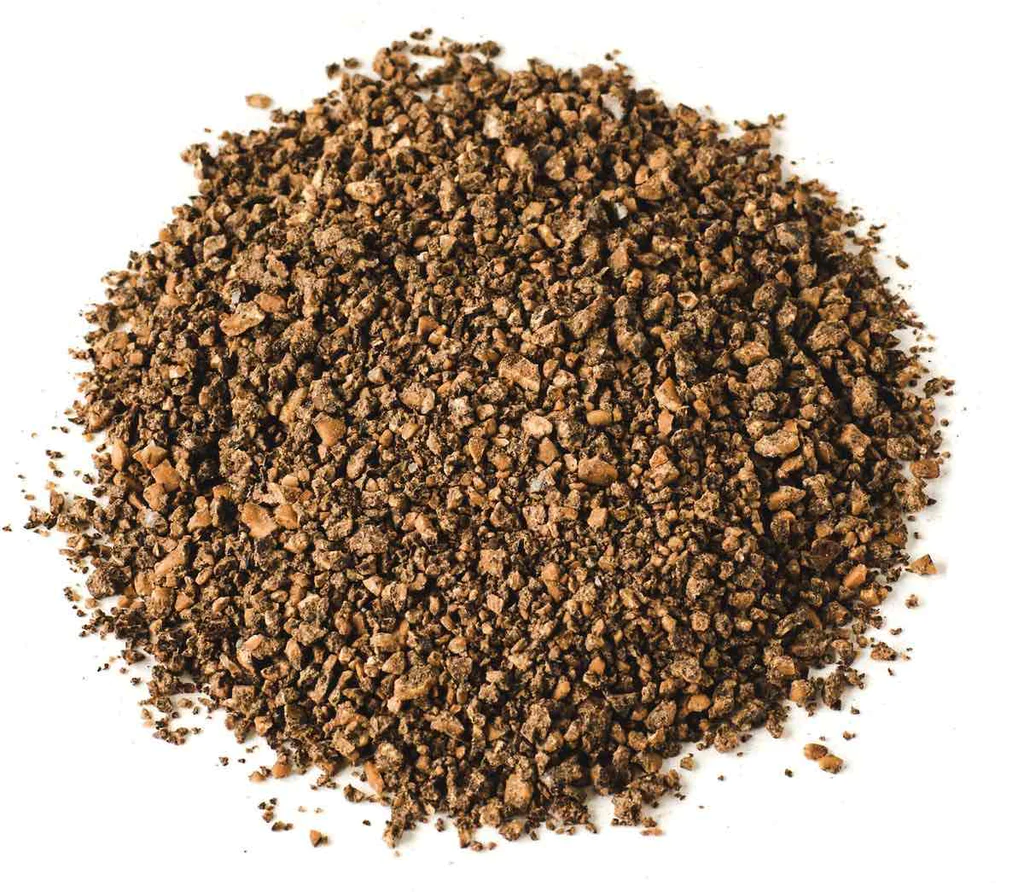
Walnut litter for cats is made from crushed walnut shells. It is often purchased as an alternative to clay cat litter due to the similar consistency; However, walnut litter weighs much less, which is attractive to many who clean their cats' litter boxes frequently. The natural lightness of walnut litter also makes it easier for your cat to dig and cover liquid and solid waste.
What is paper cat litter used in cat litter boxes?
5. Paper cat litter
Granular paper sand is made of exactly what you would expect – paper. Specifically, it is usually produced from recycled newspapers, and sometimes, other materials such as leaves and sawdust may be added depending on the brand you choose to purchase. Paper sand usually comes in the form of large granules, and when used with a suitable high-sided sandbox, can be very effective in preventing sand tracking. They're a popular choice among parents who want natural, budget-friendly sand instead of clay.
What is pine sand for cats used in cat sandboxes?
6. Pine pellet cat sand - the best type of sand 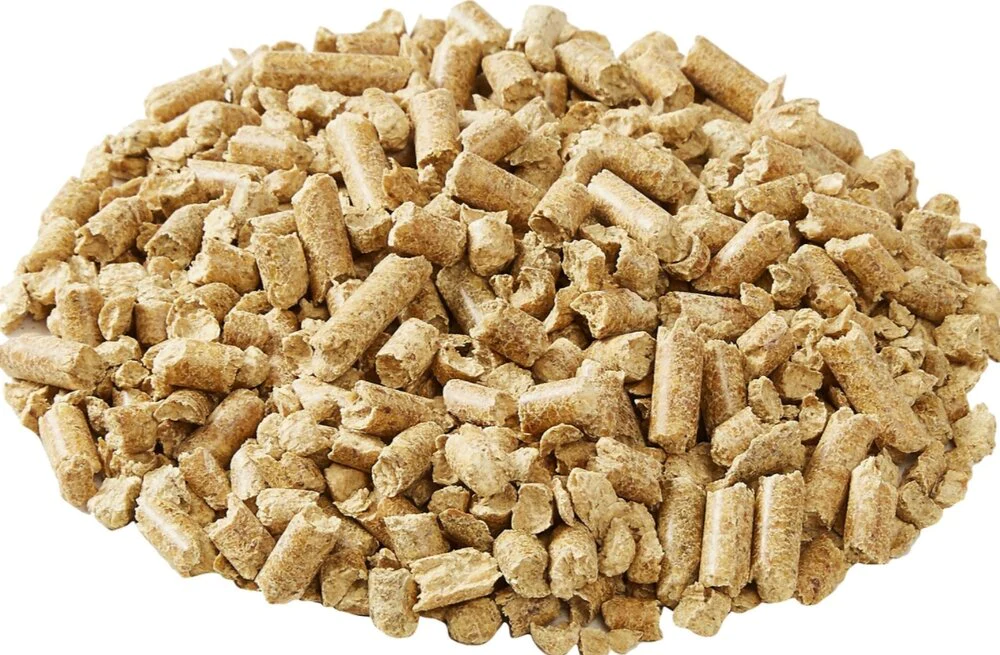
Also often referred to as wood pellets, this type of cat litter is mainly known for its natural pine scent. Switching to grit sand can be a great way to stop sand tracking. Pine sand often gets admired for its friendly environment.
Dust-free betaholic sand 10L
Dust-free betaholic sand with a capacity of 10 litres. Providing your cat with a clean and healthy experience, this litter provides exceptional performance and is ideal for the home environment. Get it today for the comfort and well-being of your cat.
What is corn sand for cats used in cat sandboxes?
7. Cat sand made from corn 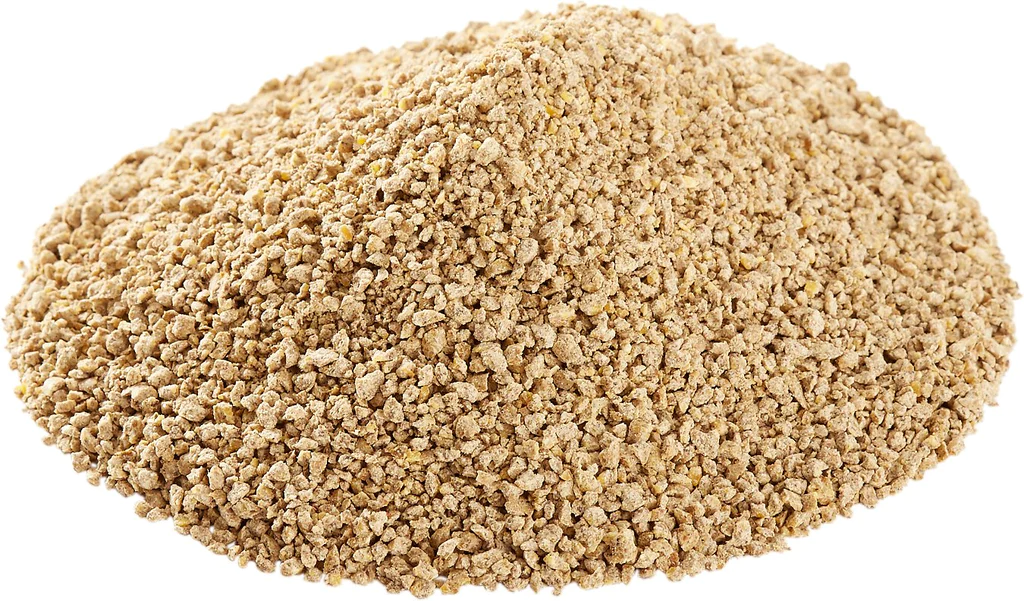
Known for its biodegradable and compostable nature, corn sand is a popular and eco-friendly choice in cat litter sand. Corn litter may be a great choice for the environment, but it's not always the best choice for your cat.
Dust-free betaholic sand 10L
Dust-free betaholic sand with a capacity of 10 litres. Providing your cat with a clean and healthy experience, this litter provides exceptional performance and is ideal for the home environment. Get it today for the comfort and well-being of your cat.
How often should cat litter be changed?
In general, it is recommended to change the cat litter once a week, but if you remove waste from the litter on a daily basis, you can only change it once every 2-3 weeks, and if you own more than one cat, you may need to change the litter once every two days, and you can know that The sand needs to be changed if it develops an unpleasant odor, or becomes mostly wet and clumpy.
Can cat litter be washed?
You can keep washing the sand using water and chlorine and leave it in the sun until it dries completely. You must ensure that the sand is completely dry so that it does not cause any harm to the cats. The sandbox itself is cleaned, dried and dry sand is placed in it again.
How do I teach my cat to relieve himself in the sand?
Training cats to use a litter box can be an ongoing process, but it is usually successful with patience and repetition. Here are some steps you can take:
1. Choose a letter box:
- Choose a box that is large enough for the cat to move around freely.
- Some cats may prefer boxes with lids, while others may prefer open boxes. Try and see what your cat likes.
Learn about the new generation of smart sandboxes, the automatic sandbox
Automatic litter box What is it and how to use it?
2. Choosing the quality of sand:
- Providing the quality of sand that the cat prefers. Some cats can have preferences for the type of litter, whether it is wood chips, silica sand, clay, etc.
3. Determine the appropriate location:
- Place the letter box in a quiet and suitable place for the cat, where it can reach it easily and feel private.
4. Training a cat in estrus:
- Put the cat in the litter box after it eats or wakes up, as it is often full and needs to use liters.
5. Reward and praise:
- When the cat uses the litter successfully, reward it with toys or a small reward. Use vocal praise to reinforce positive behavior.
6. Stay away from penalties:
- Avoid punishing the cat when it uses an inappropriate place, as this may distort the relationship with the litter box.
7. Periodic cleaning:
- Clean the litter box regularly, preferably daily. Cats prefer clean places.
8. Validation:
- If problems with litter usage persist, make sure that the cat does not suffer from health problems. There may be a health issue causing your cat to avoid using litter.
Remember to be patient and repeat the positives, as the training process can take time before it becomes a habit for your cat.

